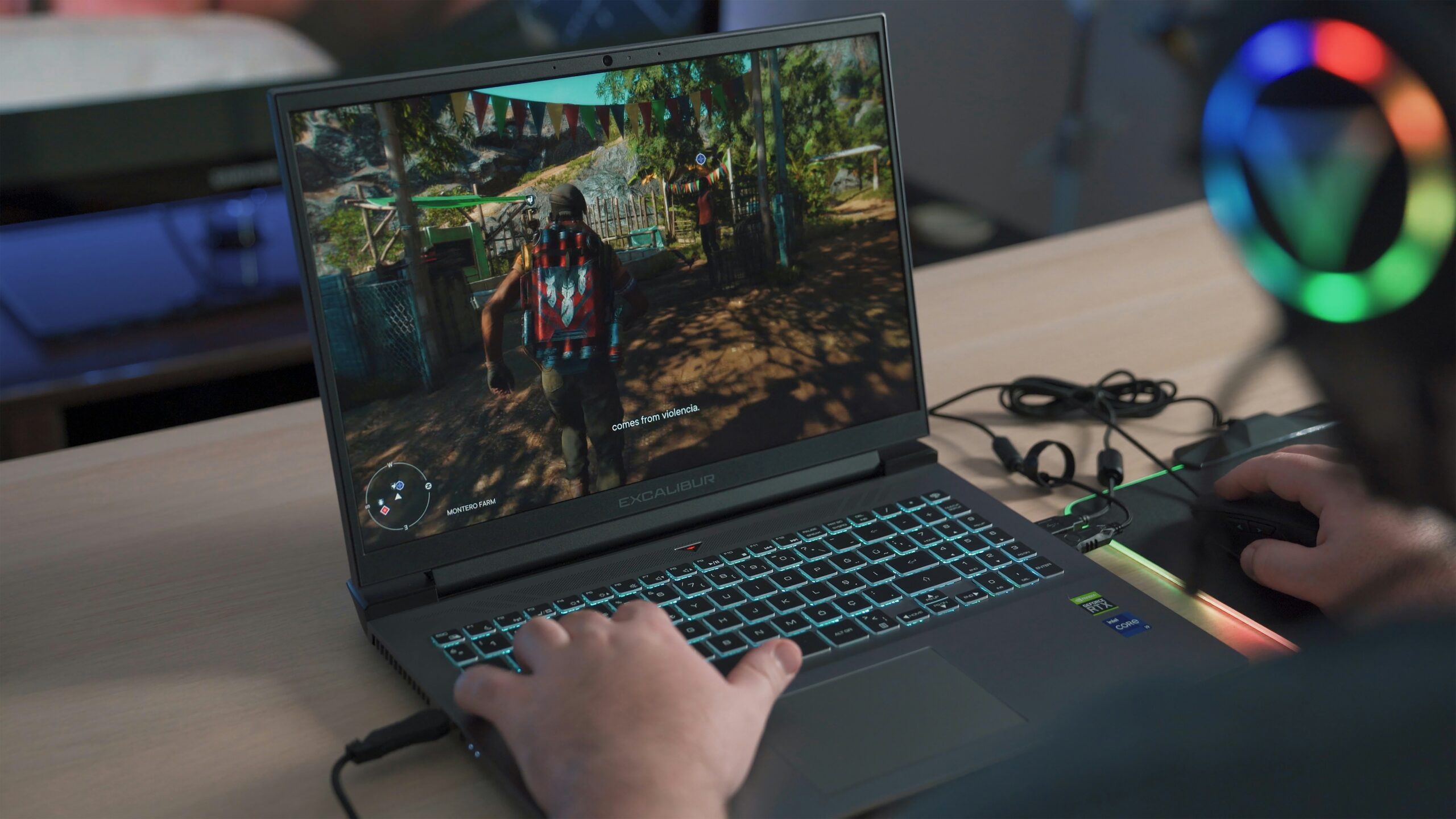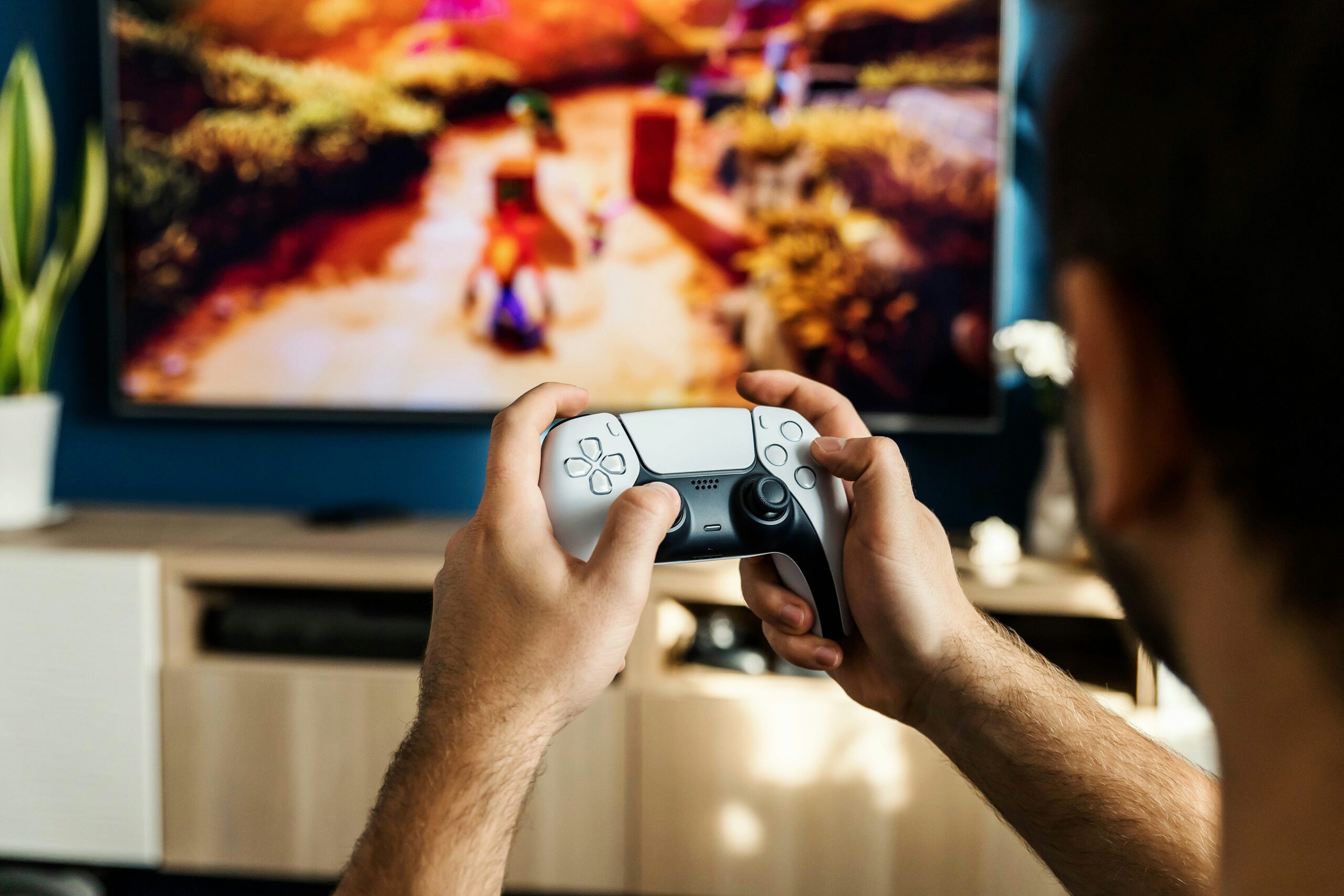How to Use My Laptop as a Monitor for My Xbox: Easy Setup Guide & Troubleshooting Tips
Gaming on an Xbox is always a blast, but sometimes I want the flexibility of using my laptop as a monitor. Whether my TV’s already in use or I’m just looking for a more portable setup, connecting my Xbox to my laptop can be a game-changer. It’s easier than you might think, and with the right tools, I can get everything running smoothly in no time.
Setting this up not only saves me from needing a dedicated monitor but also makes gaming more convenient when I’m on the go. Plus, it’s a great way to make the most of the devices I already own. If you’re wondering how to turn your laptop into a functional display for your Xbox, I’ve got you covered. Let me walk you through the simple steps to get started.
Understanding The Basics
Using a laptop as a monitor for an Xbox combines convenience with portability, allowing seamless gaming without needing a dedicated TV.
Why Use A Laptop As A Monitor For Your Xbox?
Laptops make gaming setups more flexible, especially when space is limited or you’re on the go. A laptop with a high-resolution display, such as 1080p or 4K screens, can enhance visual quality and improve gameplay experiences. This setup eliminates the need to purchase an extra monitor, saving money and reducing equipment clutter. It’s also ideal for shared living spaces where TV access might be restricted.
Compatibility Considerations
Before connecting, confirm your laptop and Xbox compatibility. Most laptops lack HDMI input ports—commonly found on models from brands like Alienware or specific gaming laptops—which are essential for direct video input from the Xbox. If the laptop only has HDMI output, it’ll require third-party adapters or software solutions, such as Xbox’s built-in remote play functionality. An updated operating system, such as Windows 10 or 11, ensures compatibility with Xbox apps for streaming. Reliable internet connections above 25 Mbps provide smoother performance if using wireless options.
Methods To Connect Your Xbox To Your Laptop
Connecting your Xbox to a laptop as a monitor can be achieved using various methods based on your device’s capabilities and available tools. Below are the most effective approaches.
Using HDMI Cable
I connect my Xbox to my laptop with an HDMI cable when my laptop features an HDMI input port. HDMI input allows the video and audio from the Xbox to project directly onto the laptop screen. Most laptops, however, include only HDMI output ports, so it’s essential to verify the port type on your device before using this method. For devices without HDMI input, external adapters like USB-to-HDMI converters may provide a workaround.
Streaming Through Xbox App
I use the Xbox app to stream gameplay to my laptop wirelessly when an HDMI connection isn’t possible. After downloading the Xbox app from the Microsoft Store, I sign in with my Xbox account. Both the Xbox and the laptop must connect to the same Wi-Fi network for seamless streaming. This method is ideal for those seeking portability, although it relies on network stability and speed for smooth gameplay.
Leveraging Capture Cards
For high-quality streaming or recording, I use a capture card to link my Xbox to my laptop. Capture cards, like Elgato HD60 S, act as intermediaries between the Xbox and the laptop. I connect the Xbox to the HDMI input port of the capture card and then link the capture card to my laptop via a USB cable. Although this method involves additional equipment, it delivers superior video quality and minimal latency, making it suitable for professional content creation.

Step-By-Step Guide For Each Method
Connecting an Xbox to a laptop can be done through an HDMI cable, streaming via the Xbox app, or using a capture card. Each method requires specific tools and configurations to ensure smooth performance.
Steps For Using HDMI Cable Connection
- Check Laptop Ports: Confirm that the laptop has an HDMI input port. Most laptops include HDMI output only, so external adapters may be needed for compatibility.
- Connect Devices: Attach one end of the HDMI cable to the Xbox and the other to the laptop’s HDMI input. Use a USB-to-HDMI converter if your laptop lacks HDMI input.
- Select Video Input: Open the display settings, then switch the laptop’s video input source to HDMI. This may vary based on your operating system.
- Verify Connection: Power on the Xbox. The laptop screen should display the Xbox’s interface. Adjust the resolution under settings on both devices as needed.
Steps For Streaming Through Xbox App
- Install Xbox App: Download and install the Xbox app on your laptop from the Microsoft Store.
- Network Setup: Connect the Xbox and laptop to the same Wi-Fi network. Ensuring stable internet improves video and gameplay performance.
- Enable Streaming: Open the Xbox app, log in with the same Xbox account, and select “Console Streaming.” Follow on-screen instructions to link your devices.
- Start Gameplay: After connecting, your laptop will display the Xbox screen, and you can control gameplay directly from the Xbox controller.
Steps For Using A Capture Card
- Choose A Capture Card: Select a reliable capture card that supports HDMI input and USB output for high-quality streaming and low-latency gameplay.
- Device Connections: Plug the Xbox into the capture card using an HDMI cable. Use the USB output to connect the capture card to your laptop.
- Install Required Software: Download and install the capture card software from the manufacturer’s website. Popular brands include Elgato and AVerMedia.
- Configuration: Launch the software to configure the capture card settings, such as resolution. Power on the Xbox, and its interface should appear on the laptop screen.
- Begin Streaming Or Recording: Use the capture card software to stream gameplay live or record it for later use.
Common Issues And Troubleshooting Tips
Technical issues can arise when using a laptop as a monitor for an Xbox. Proper troubleshooting ensures an optimal gaming experience. Below are common problems and solutions.
Display Or Signal Problems
A blank or black screen might indicate a connection issue. For HDMI connections, I ensure my laptop has an HDMI input, not just output. If using an adapter, I confirm it’s properly connected and compatible. I also verify that the Xbox is powered on and correctly set to output video through HDMI.
For wireless streaming via the Xbox app, both my laptop and Xbox must be on the same Wi-Fi network. If the screen doesn’t display correctly, I restart both devices and recheck the network connection. Updating the Xbox app and system drivers on my laptop often resolves incompatibility or display errors.
Audio Not Working Properly
If I experience no sound, I check that the audio output settings on my Xbox and laptop match. When using HDMI, I ensure that my laptop speakers or headphones are selected as the default audio device. For wireless streaming, I adjust the settings in the Xbox app to confirm audio is directed to the laptop.
I also update the audio drivers on my laptop if sound issues persist. For capture card setups, I confirm the capture software settings output the audio correctly. Reinstalling or updating the software can help fix missing sound problems.
Lag Or Performance Issues
Streaming or gaming performance might suffer if the Wi-Fi network is slow or unstable. I make sure my laptop and Xbox are connected to a 5 GHz Wi-Fi network for higher speeds. If lag persists, I move my devices closer to the router or use a wired network connection for both.
For HDMI and capture card setups, I confirm the connection cables are high-quality and free of damage. Old or substandard HDMI cables can cause latency issues. When using a capture card, I check that my laptop’s hardware specifications meet the requirements for smooth video output. Closing unnecessary apps on my laptop also helps improve performance.

Pros And Cons Of Using A Laptop As A Monitor
Using my laptop as a monitor for my Xbox offers certain benefits but also comes with some limitations. Understanding these aspects helps me decide if this setup suits my needs.
Advantages Of This Setup
- Portability
My laptop setup is portable, allowing me to use the Xbox anywhere with ease, whether at home or on the go.
- Cost Savings
I don’t need to invest in an additional monitor or TV, reducing gaming setup costs.
- Enhanced Visual Quality
Many laptops feature high-resolution displays, which improve the visual experience for my Xbox games.
- Space Efficiency
Using my laptop eliminates the need for a larger TV setup, making it ideal for compact spaces.
- Convenience
Switching between my game and other laptop tasks is seamless, simplifying multitasking during my sessions.
Potential Limitations Or Drawbacks
- Compatibility Challenges
Since most laptops have HDMI output, I often need to find additional adapters or software for a viable connection.
- Performance Variability
Wireless streaming via the Xbox app may introduce lag depending on my Wi-Fi network strength and consistency.
- Audio Issues
Audio output sometimes requires configuration, as laptop speakers aren’t automatically optimized for console gaming.
- Resolution and Refresh Rate Constraints
Not all laptops support advanced gaming resolutions or refresh rates, potentially affecting gameplay quality.
- Setup Complexity
Configuring adapters, capture cards, or streaming apps can complicate the process, requiring extra time and effort upfront.
Conclusion
Using your laptop as a monitor for your Xbox can unlock a whole new level of convenience and flexibility, especially when a TV isn’t an option. With the right tools and a bit of preparation, it’s entirely possible to create a seamless gaming experience that fits your needs.
Whether you’re connecting through an HDMI cable, streaming wirelessly, or using a capture card, the key is ensuring compatibility and optimizing your setup for the best performance. Once everything’s in place, you’ll be able to enjoy immersive gaming without the need for extra equipment or space.
Frequently Asked Questions
1. Can I connect my Xbox to any laptop?
Connecting your Xbox to a laptop depends on your laptop’s capabilities. Most laptops only have HDMI output, not input, which is required for direct connection. Alternatively, you can use the Xbox app for wireless streaming or a capture card for enhanced quality. Always check your laptop’s ports and capabilities.
2. Does my laptop need HDMI input to connect with an Xbox?
Yes, a direct HDMI connection requires an HDMI input port, which most laptops lack. If your laptop only has HDMI output, you’ll need a USB-to-HDMI adapter or use wireless streaming via the Xbox app.
3. Can I use the Xbox app to stream games to my laptop?
Yes, the Xbox app lets you wirelessly stream gameplay to your laptop as long as both devices are connected to the same Wi-Fi network. Ensure your operating system is updated for optimal performance.
4. What are the advantages of using a laptop as a monitor for Xbox?
Using a laptop as a monitor offers flexibility, cost savings, portability, and space efficiency. It’s a great solution if you don’t have a dedicated TV or need a portable gaming setup.
5. Why is my Xbox streaming lagging on my laptop?
Lag can occur due to insufficient Wi-Fi speed or hardware limitations. To reduce lag, use a 5 GHz Wi-Fi network, ensure your laptop meets the recommended specifications, and use high-quality cables.
6. What tools do I need to connect my Xbox to my laptop?
This depends on the method. For HDMI connections, use an HDMI input port or adapter. For wireless streaming, download the Xbox app. If using a capture card, you’ll need the card, a USB cable, and related software.
7. Can I get 4K gaming by connecting my Xbox to a laptop?
You may achieve 4K resolution if your laptop has a high-resolution display and supports 4K input. However, most setups are limited by the laptop’s screen resolution and the quality of the connection.
8. How do I resolve audio issues when using my laptop as a monitor?
Check that the audio output settings on your Xbox and laptop are configured correctly. Ensure drivers are updated, and select the correct audio playback device in your system settings.
9. Is a capture card necessary for connecting an Xbox to a laptop?
A capture card isn’t necessary but is recommended for high-quality streaming or recording. It ensures better video quality and minimal latency, which is ideal for content creators.
10. What are the disadvantages of using a laptop as an Xbox monitor?
Disadvantages include potential compatibility challenges, performance variability in wireless streaming, lower refresh rates, and complicated setups requiring adapters or additional tools like capture cards.
